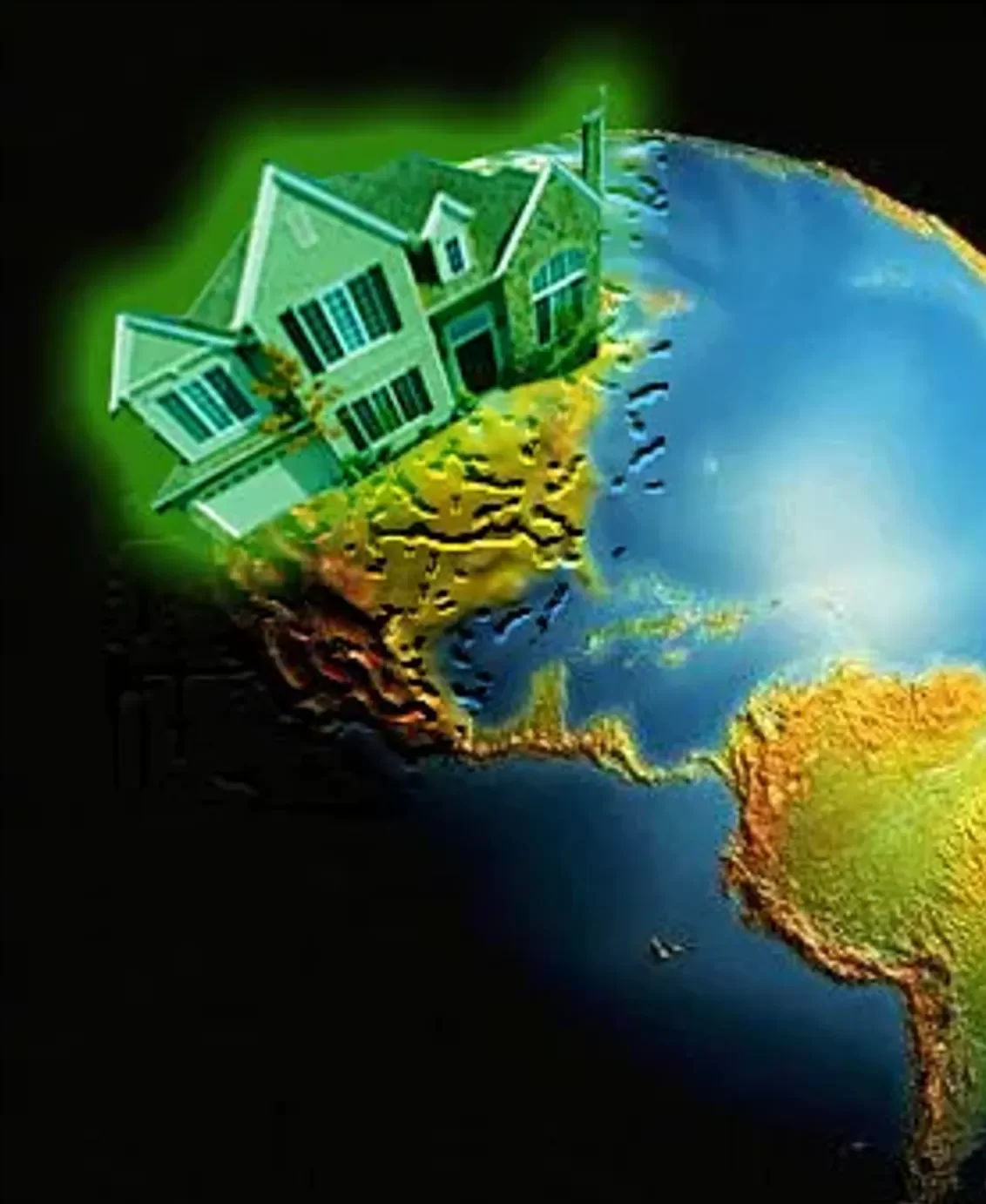En route to a Vancouver, B.C., conference on recycled products a couple of years ago, green-building consultant Kathleen O’Brien struck up a conversation with her Bangladeshi cab driver, who wanted to know what kind of green features to incorporate into his house. “He asked, ‘Should it be wood, should it be steel?’” said O’Brien, who helped create Built Green, a landmark residential green-building program in Washington state. “I said: ‘If you do one thing, build it small.’”
Green building is one of the fastest-growing sectors in the exploding market for environmentally friendly materials and technologies. According to the National Association of Homebuilders (NAHB), in 2002, programs such as Built Green certified more than 13,000 homes in the United States. Next year, the U.S. Green Building Council will pilot its Leadership in Energy and Environmental Design (LEED) Homes program, certifying state-of-the-art green residences. States and municipalities also continue to strengthen residential codes for energy efficiency, indoor air quality and water use.
But there’s an elephant in the living room of most of these green homes. Call it square footage — lots and lots of it. Fifty years ago, the average house size was 1,100 square feet, and the average household size was 4.2 people. Today, the average house size has increased to 2,150 square feet, while the average household size has declined to 2.3 people.
